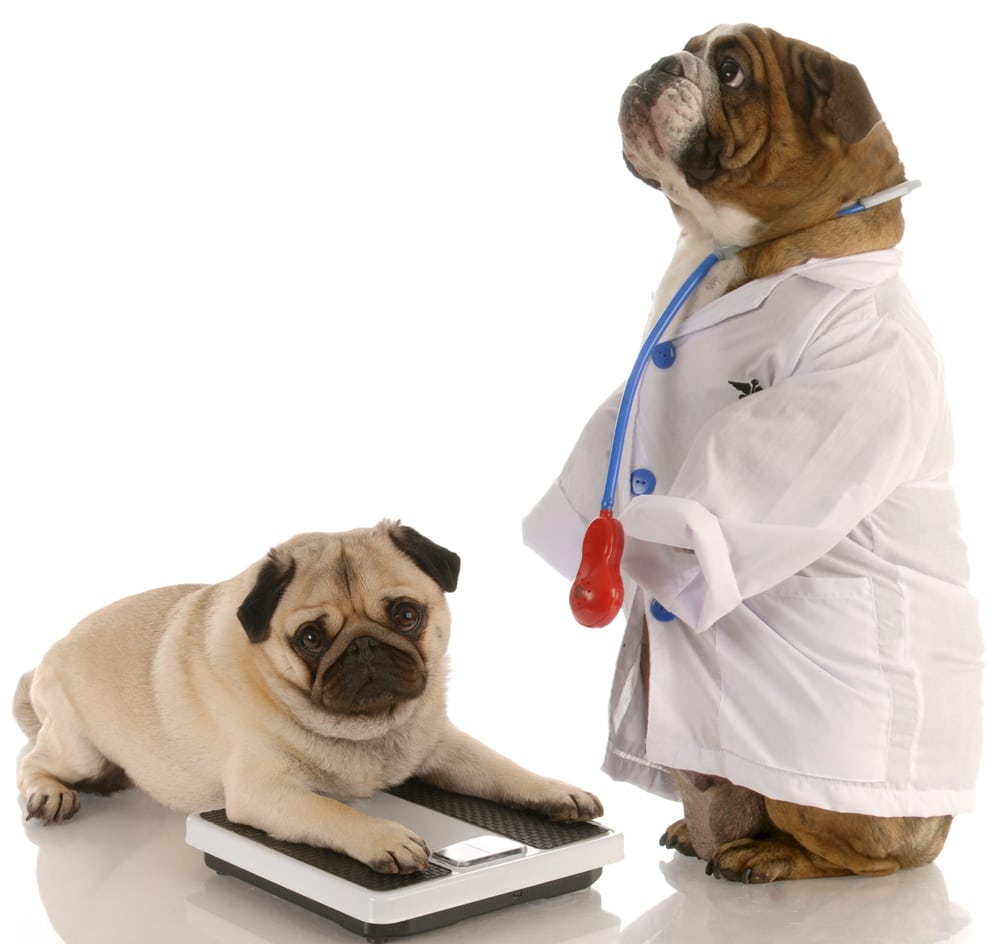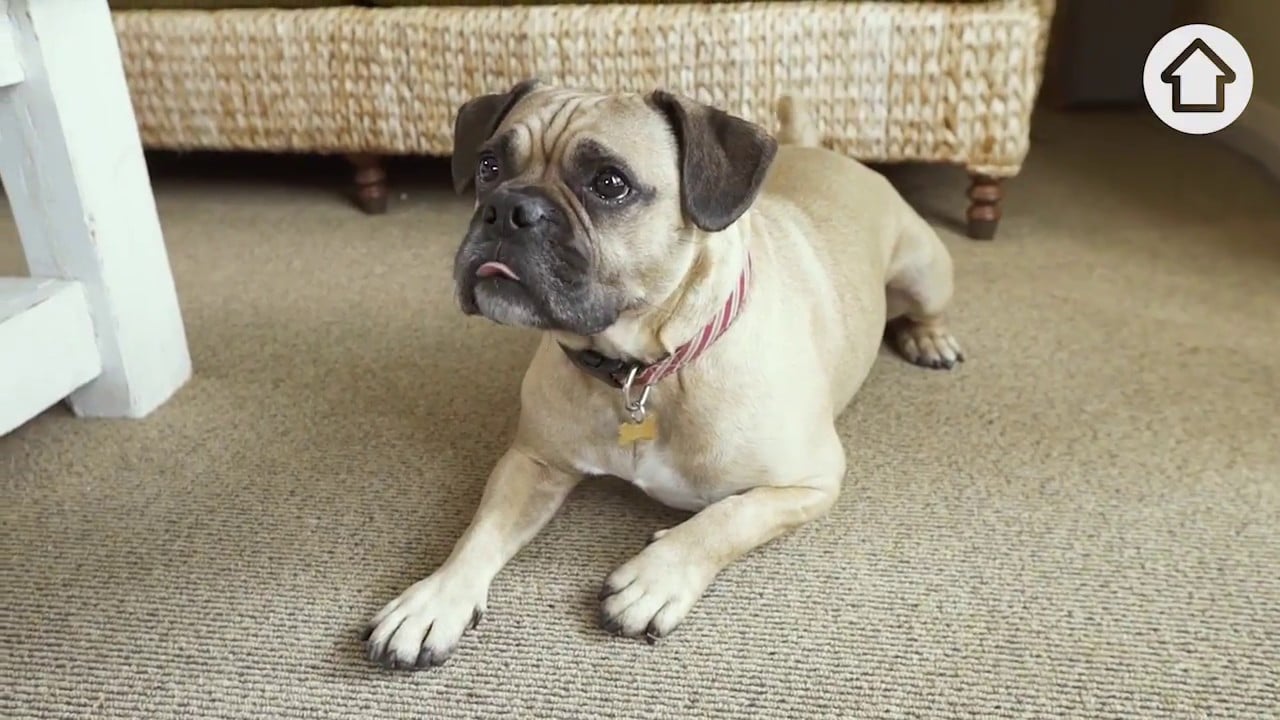Jan 25

s
Did you know that more than half of the dogs in the UK are now considered overweight? With approximately 2.5 million dogs tipping the scales above a healthy weight, canine obesity is on the rise, bringing serious health risks. These statistics reveal a troubling trend: owners are unintentionally harming their beloved pets through overfeeding and poor lifestyle choices.
If you’re concerned about your dog’s weight—or simply want to ensure they stay fit and healthy—this guide will help you understand the risks of obesity, recognise the signs, and take actionable steps to fight the flab.
Why Obesity in Dogs Is a Growing Problem
Like humans, dogs can become overweight or obese when they consume more calories than they burn. However, many dog owners don’t realise just how harmful those extra pounds can be. Obesity in dogs can lead to:
- Heart disease.
- High blood pressure.
- Joint problems like arthritis.
- Diabetes.
- Respiratory issues.
- A shortened life expectancy.
In short, those extra treats could be cutting your dog’s life short.
Risk Factors for Obesity in Dogs
Certain factors make some dogs more prone to weight gain than others:
The “Cuddly Dog” Denial
One of the biggest hurdles in addressing canine obesity is owner denial. Many people see their overweight dogs as “cuddly” or “well-loved,” overlooking the health risks. Others may fail to recognise the signs of obesity, attributing their dog’s lethargy or heavy panting to age rather than excess weight.
Vets often report that overweight dogs come hand-in-hand with overweight owners, highlighting a shared lifestyle problem. Recognising that your dog may have a weight issue is the first step toward improving their quality of life.
How to Tell If Your Dog Is Overweight
If you’re unsure whether your dog is carrying extra weight, here’s a simple checklist you can use at home:
- Feel Their Ribs: Run your hands along your dog’s sides. You should be able to feel their ribs without pressing hard. If a thick layer of fat covers the ribs, your dog may be overweight.
- Check Their Waist: Stand above your dog and look down. You should see a noticeable waistline. If their waist is difficult to see or completely absent, it’s a sign of excess weight.
- Look for a Bulging Stomach: A rounded, protruding belly is a hallmark sign of obesity.
- Face Shape: Overweight dogs often have larger, rounder faces.
- Reluctance to Move: Does your dog waddle, walk slowly, or seem reluctant to exercise?
- Heavy Panting: If your dog is panting excessively after light activity, this could be due to carrying extra weight.
- Difficulty with Mobility: Struggling to get in and out of the car or climb stairs can also indicate obesity.
The Health Risks of Obesity
An overweight dog is more than just a visual concern—it’s a serious health issue. Carrying excess weight puts strain on a dog’s joints, heart, and lungs, increasing the risk of chronic conditions that significantly impact their quality of life.
The good news? Obesity in dogs is entirely preventable and manageable with the right approach.
How to Prevent and Manage Obesity in Dogs
If your dog is already overweight or you want to ensure they maintain a healthy weight, these steps will help:
1. Monitor Their Diet
Most cases of obesity stem from overfeeding. Dogs don’t need to share your snacks or indulge in fatty treats. Instead:
- Feed them a balanced, high-quality dog food.
- Measure portions carefully based on their weight and activity level.
- Cut out calorie-laden human foods like chips, pizza, and sugary snacks.
2. Reduce Treats
While rewarding your dog with treats is tempting, these should be given sparingly and factored into their daily calorie intake. Opt for low-calorie, dog-friendly treats, or use healthy alternatives like carrot sticks or apple slices (without seeds).
3. Increase Exercise
Daily exercise is key to burning calories and keeping your dog’s body and mind in top shape.
- Take your dog for longer or more frequent walks.
- Incorporate games like fetch or tug-of-war to keep them active.
- Consider hiring a professional dog walker if you’re short on time or have a high-energy breed that needs extra exercise.
4. Switch to Low-Calorie Dog Food
Many pet food brands offer light or weight-management formulas specifically designed for overweight dogs. These foods are lower in calories but still provide the essential nutrients your dog needs. Consult your vet before making dietary changes to ensure you’re meeting your dog’s specific needs.
5. Monitor Their Weight
Keep track of your dog’s weight regularly to ensure they’re moving in the right direction. Many vet clinics offer free weigh-ins, which can be helpful in staying on top of their progress.
6. Consult Your Vet
Before starting any weight-loss plan, it’s essential to consult your vet. They can:
- Determine your dog’s ideal weight based on breed, age, and health.
- Provide personalised advice on diet and exercise.
- Rule out medical conditions that may contribute to weight gain, such as hypothyroidism.
A Gradual Approach to Weight Loss
Slow and steady wins the race when it comes to helping your dog lose weight. Crash dieting is harmful and can lead to nutrient deficiencies. Instead, aim to:
- Reduce their calorie intake by around 15%.
- Gradually increase exercise over time.
Weight loss should occur over weeks or months to ensure it’s sustainable and safe for your dog.
Fighting the Flab: A Lifelong Commitment
Preventing obesity isn’t a one-time effort—it’s a lifelong commitment to your dog’s health. Here are some long-term tips to keep them fit and happy:
- Stick to a regular feeding and exercise routine.
- Continue monitoring their weight periodically.
- Adjust their diet and activity levels as they age or if their lifestyle changes.
The Benefits of a Healthy Weight
Maintaining a healthy weight has countless benefits for your dog:
- They’ll have more energy and enjoy a better quality of life.
- Their risk of chronic diseases like arthritis, diabetes, and heart disease will decrease.
- You’ll likely save money on vet bills by preventing obesity-related health problems.
Most importantly, keeping your dog at a healthy weight means more time together—and who doesn’t want that?
If you’re struggling to manage your dog’s weight or need advice on improving its exercise routine, don’t hesitate to contact me. As a professional dog walker with over 10 years of experience, I can help ensure your dog gets the activity and care it needs to stay fit and healthy.
Contact me today at 077 077 6 33 44 to learn about my services. Let’s work together to keep your dog in tip-top shape!
Remember, a healthy dog is a happy dog—and they deserve the best care we can give them. 🐾

